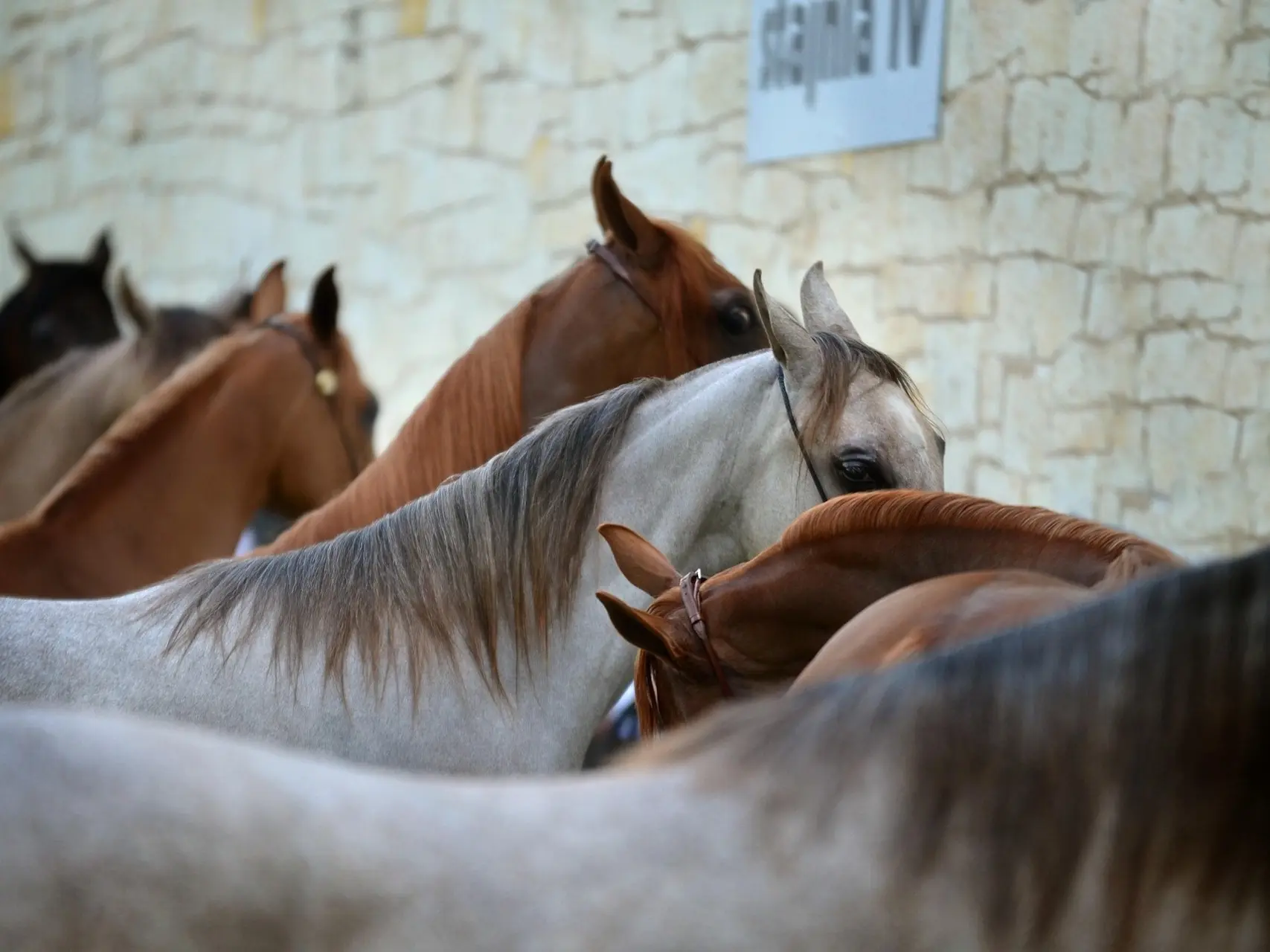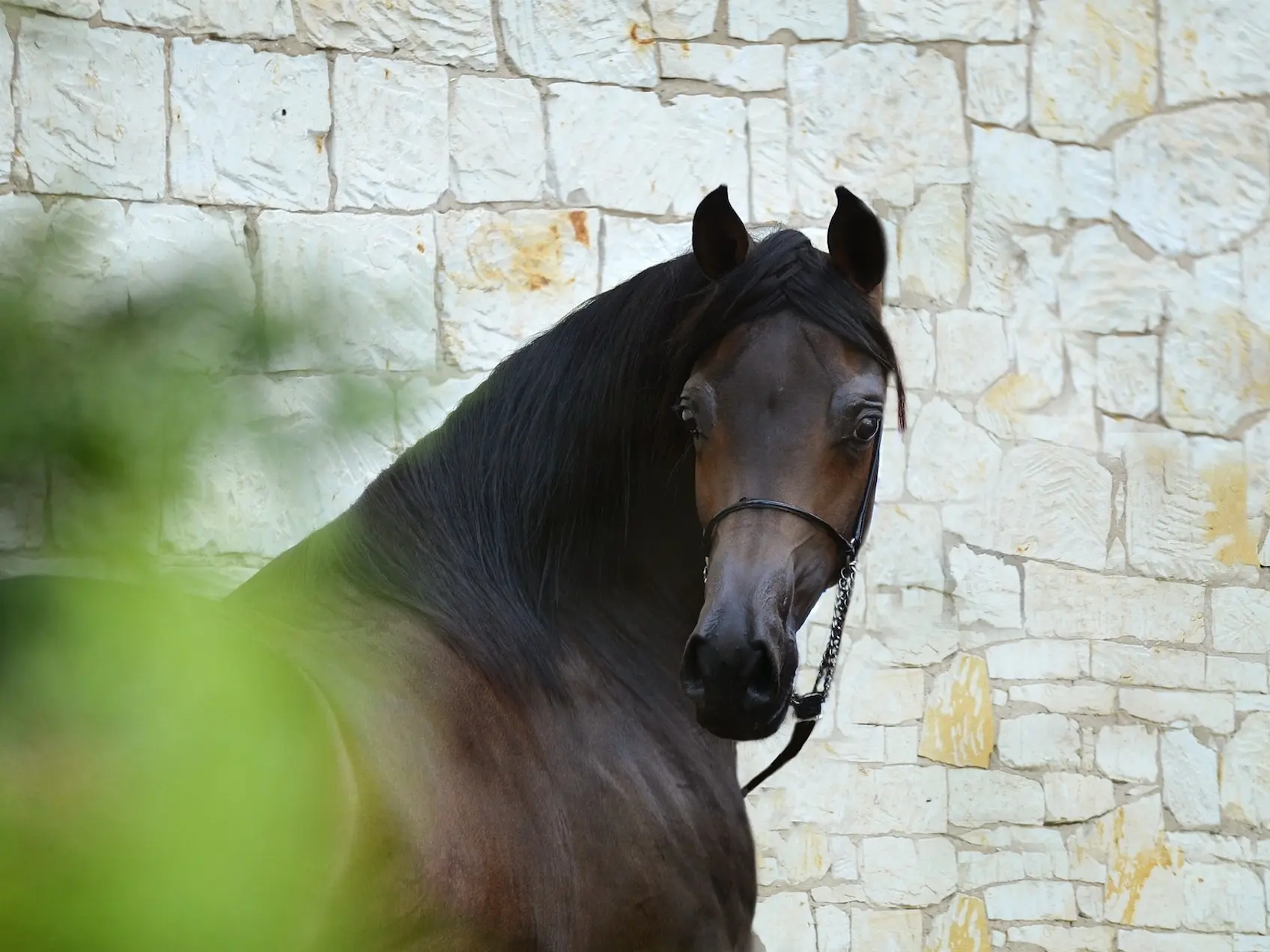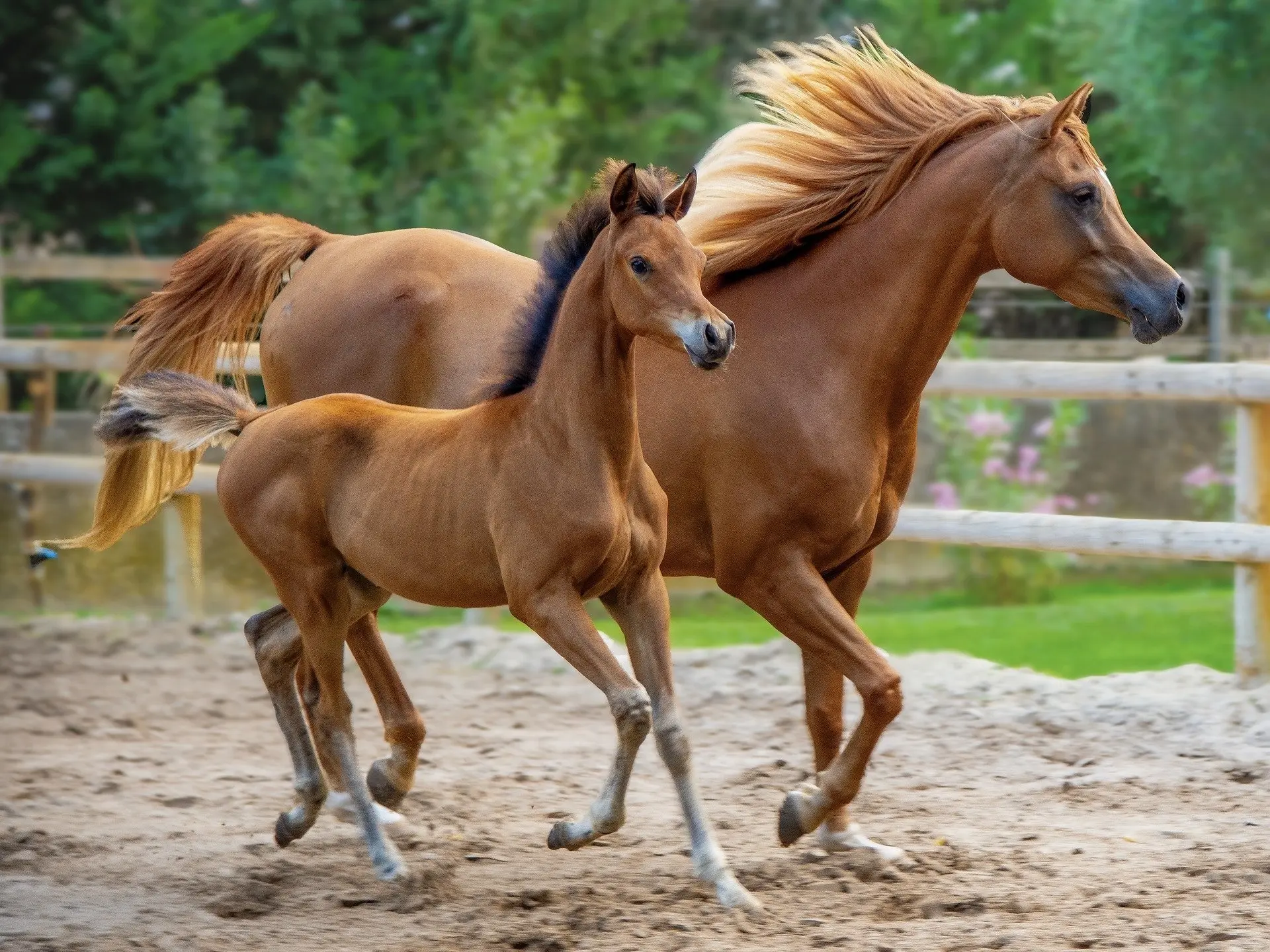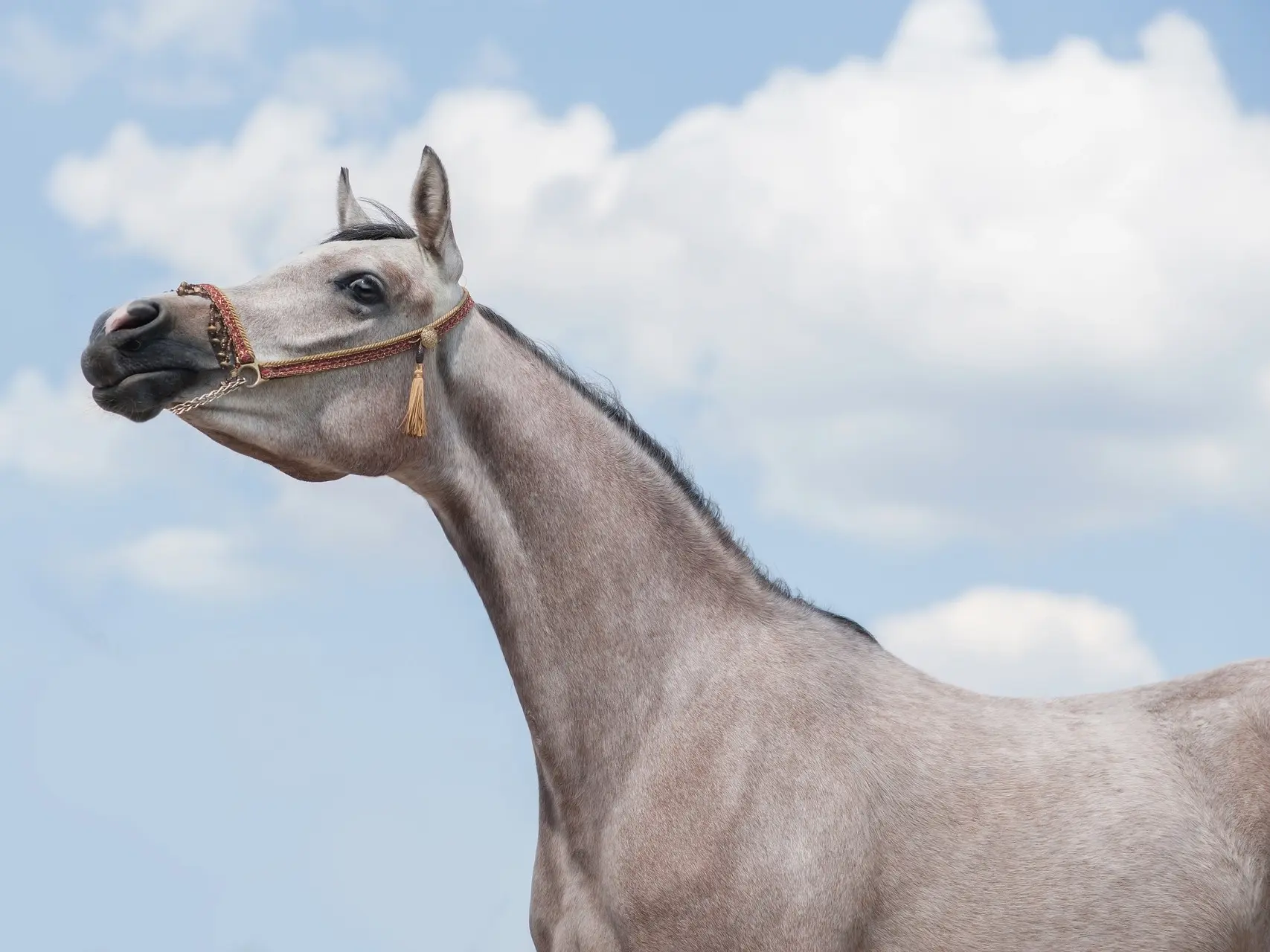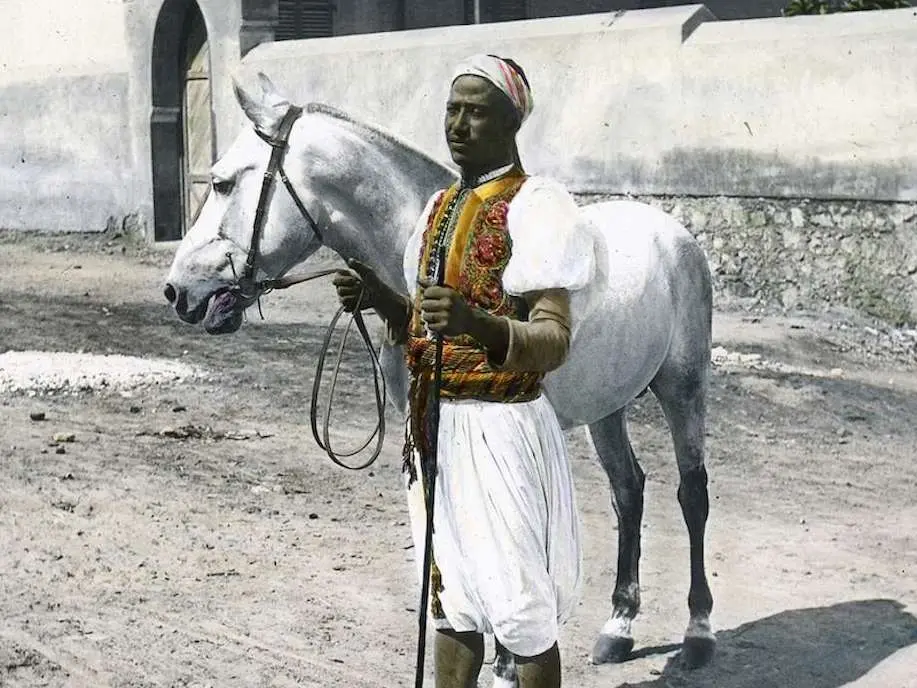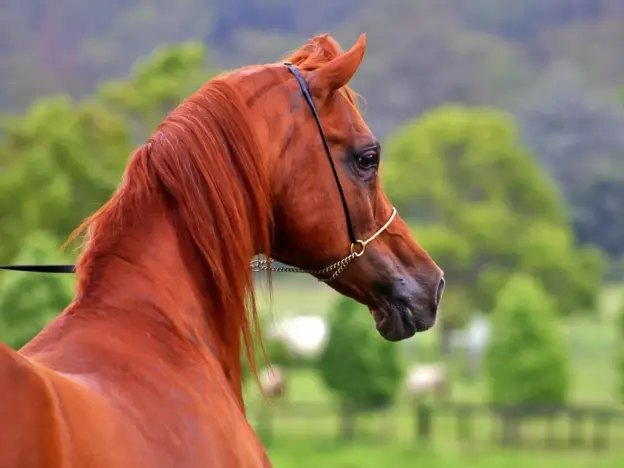Intro
There are a wide variety of Arabian strains that exist today, some bred by Bedouin tribes in the Arabian Desert, others left the areas to create new strains in far off cultures. Also called Kuhailan, Saklawi and Hamdani, the Egyptian strains have their own specific characteristics.
Origins
About 3500 years ago the Arabian horse became an essential element in the Egyptian empire. Using them to pull chariots allowed the Pharaohs rule to extend far beyond their own borders. The power and beauty of the mighty Egyptian Arabian has been both carved into hieroglyphs and written in the Bible. Breeding of these animals is taken very seriously and bloodlines are carefully controlled to preserve purity and desired characteristics.
In the 19th the ruling families of Egypt selected the finest horses from the deserts of Arabia and brought them to Egypt for breeding. Not since King Solomon has there been a collection that rivaled this one and the intention was to protect, preserve and prolong this ancient bloodline while preserving their unique qualities. This collection was the foundation of the Egyptian Arabian as we know them today.
Features
Average height 14.1 – 15.1 hands
Distinctive back shape and high set tail due their 17 ribs, 5 limbar vertabrae and 16 tail bone formation.
Physique
Head is refine & wedge shaped with a broad forehead and dish shaped profile
Eyes are large and expressive
Muzzle is small with large nostrils
Neck is arched with a refined and clean throatlatch
Tail is high set and showy
Body is compact and back is short
Legs are dense and strong
Feet are sound with good hoof walls
Traditional Colors
chestnut | grey | bay | black | roan | Sabino pinto
Temperament
Spirited and tough
Easygoing nature
Intelligent and sensitive
Use
Enhancing other bloodlines
Racing
Pleasure horse
Showing
Helpful Links
* all links open in a new window
World Arabian Horse Organization
Arabian Horse Association
More Images
